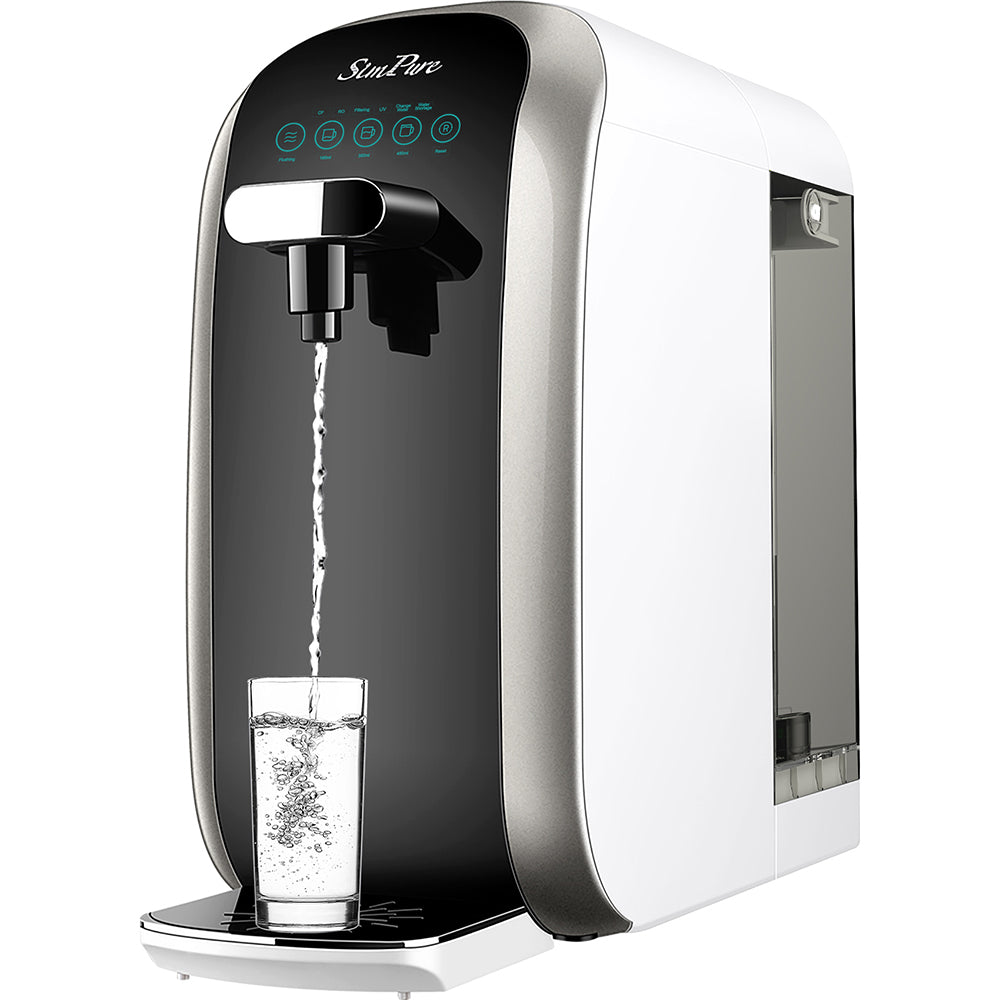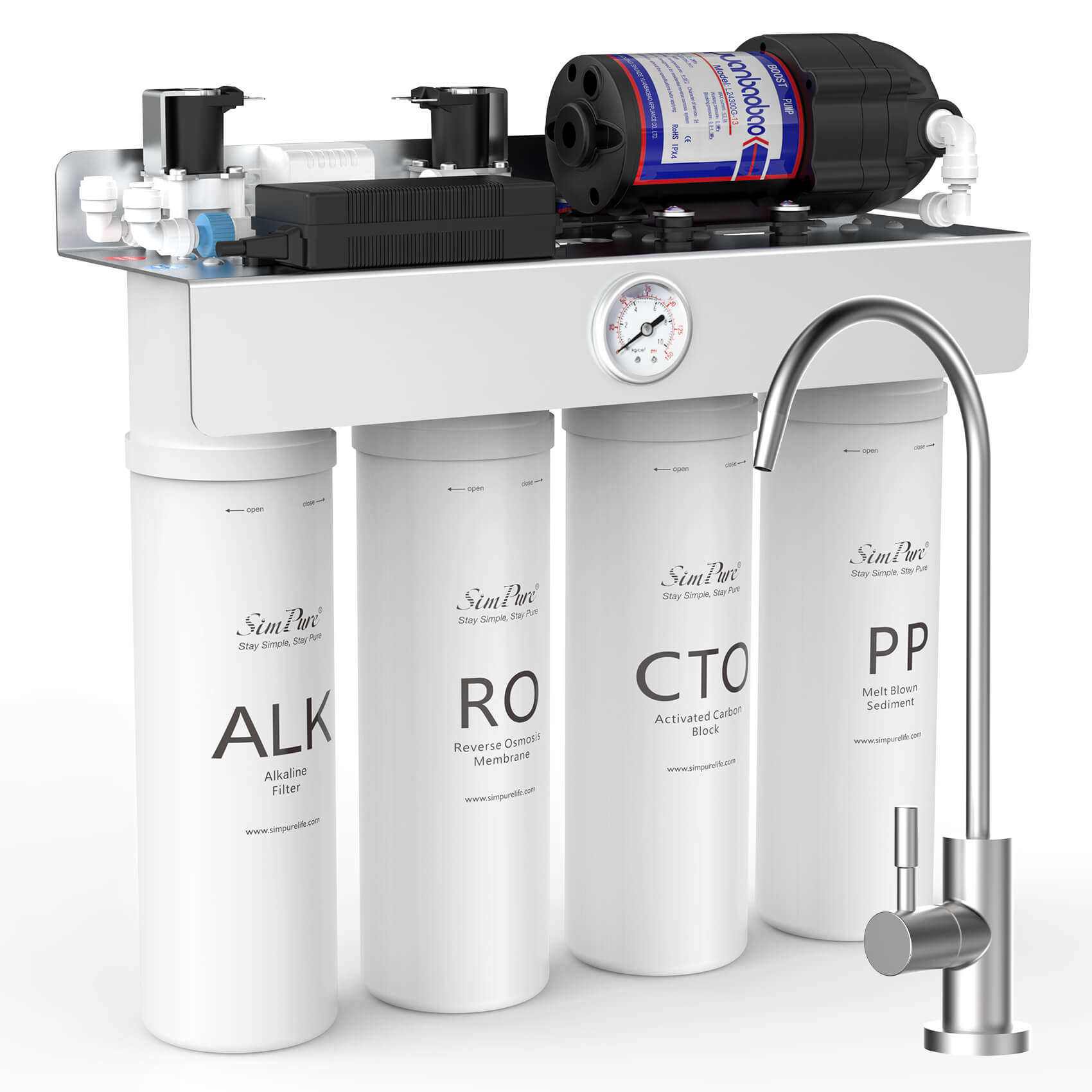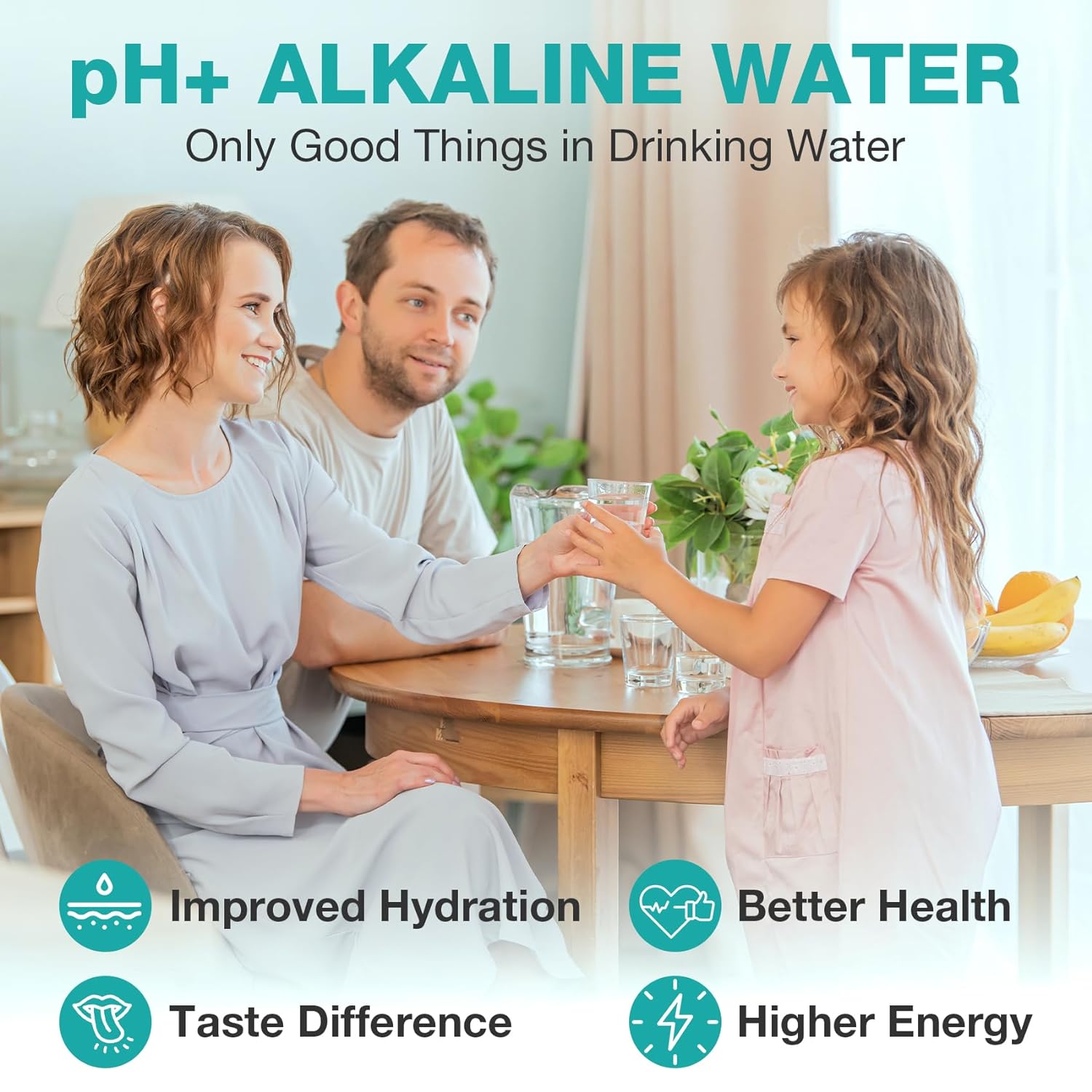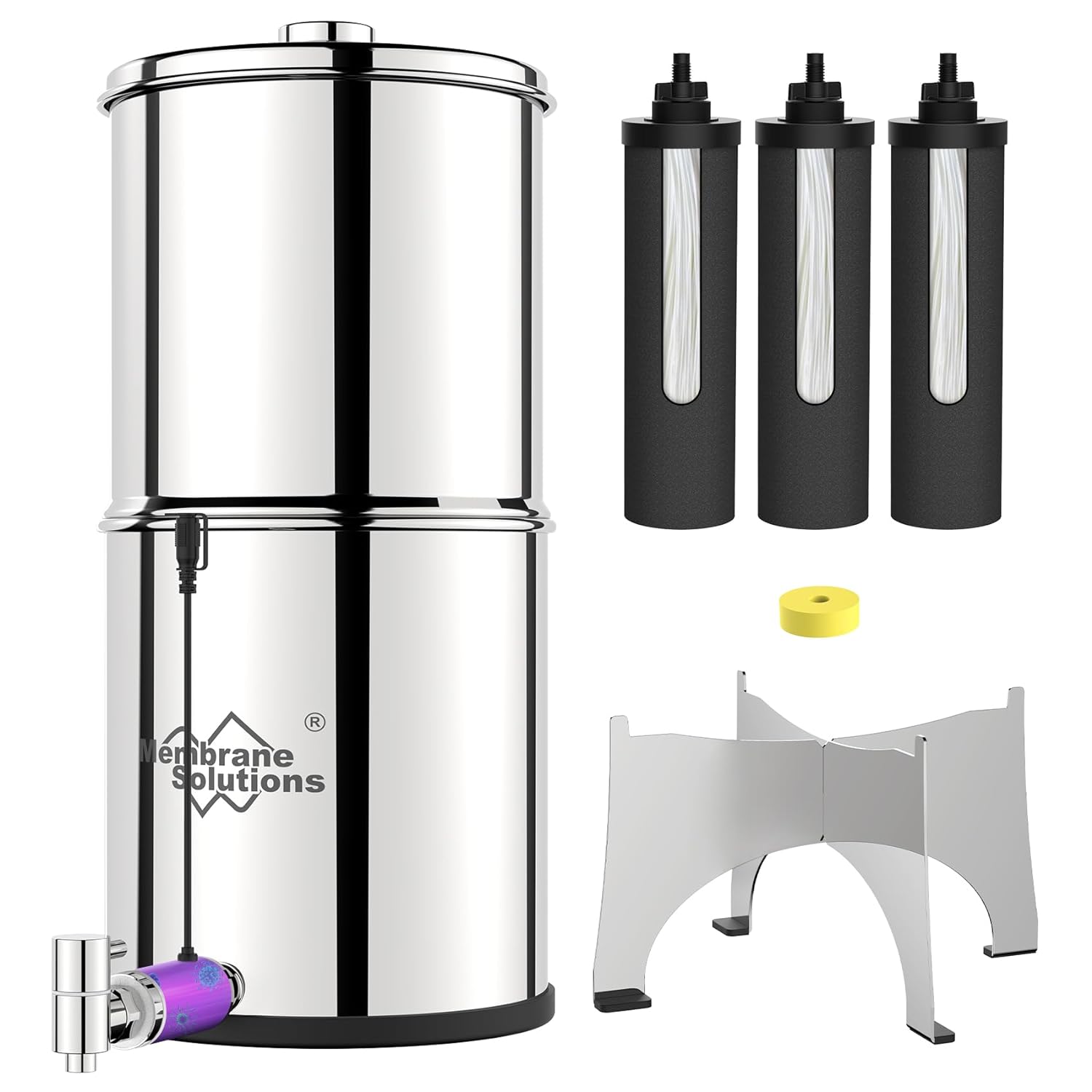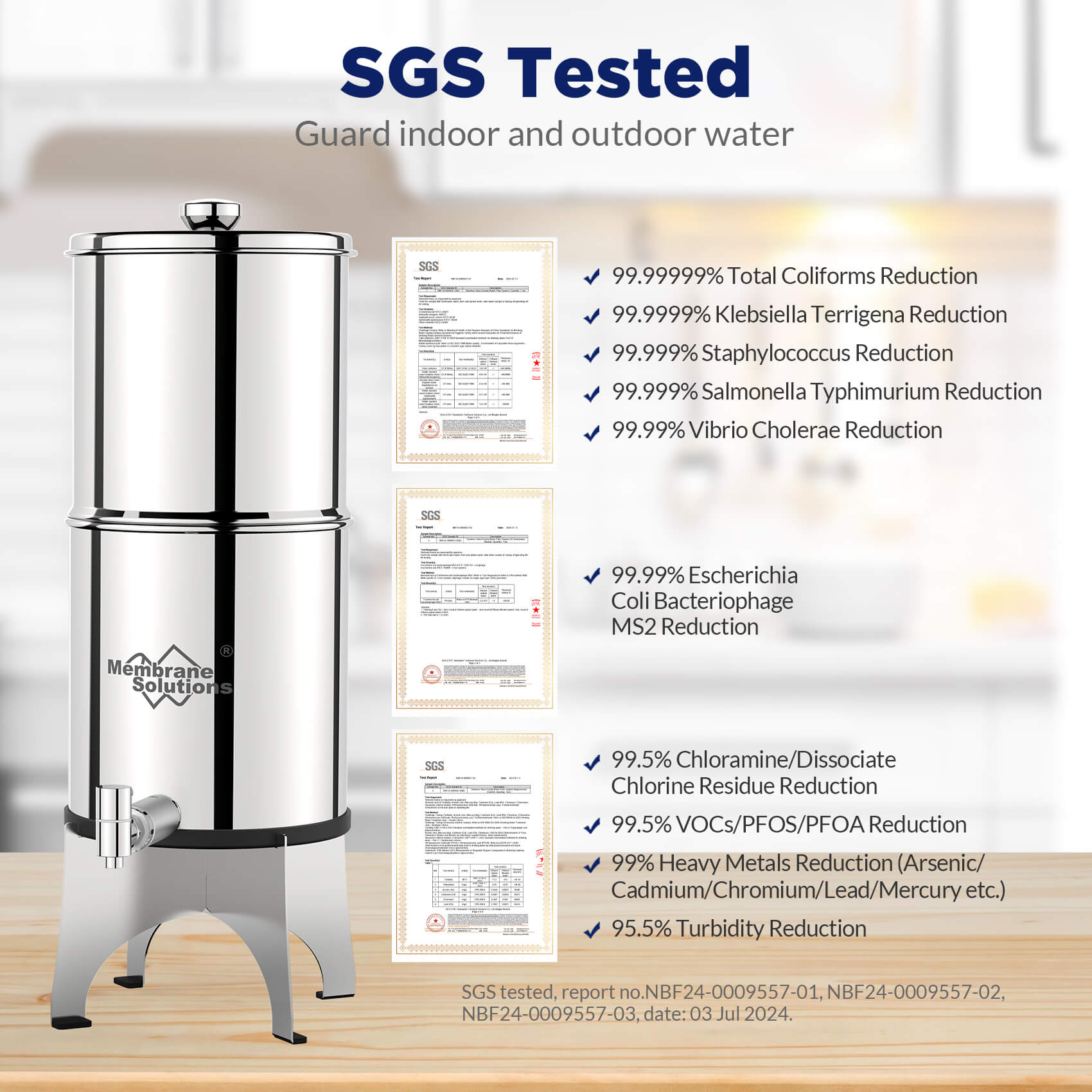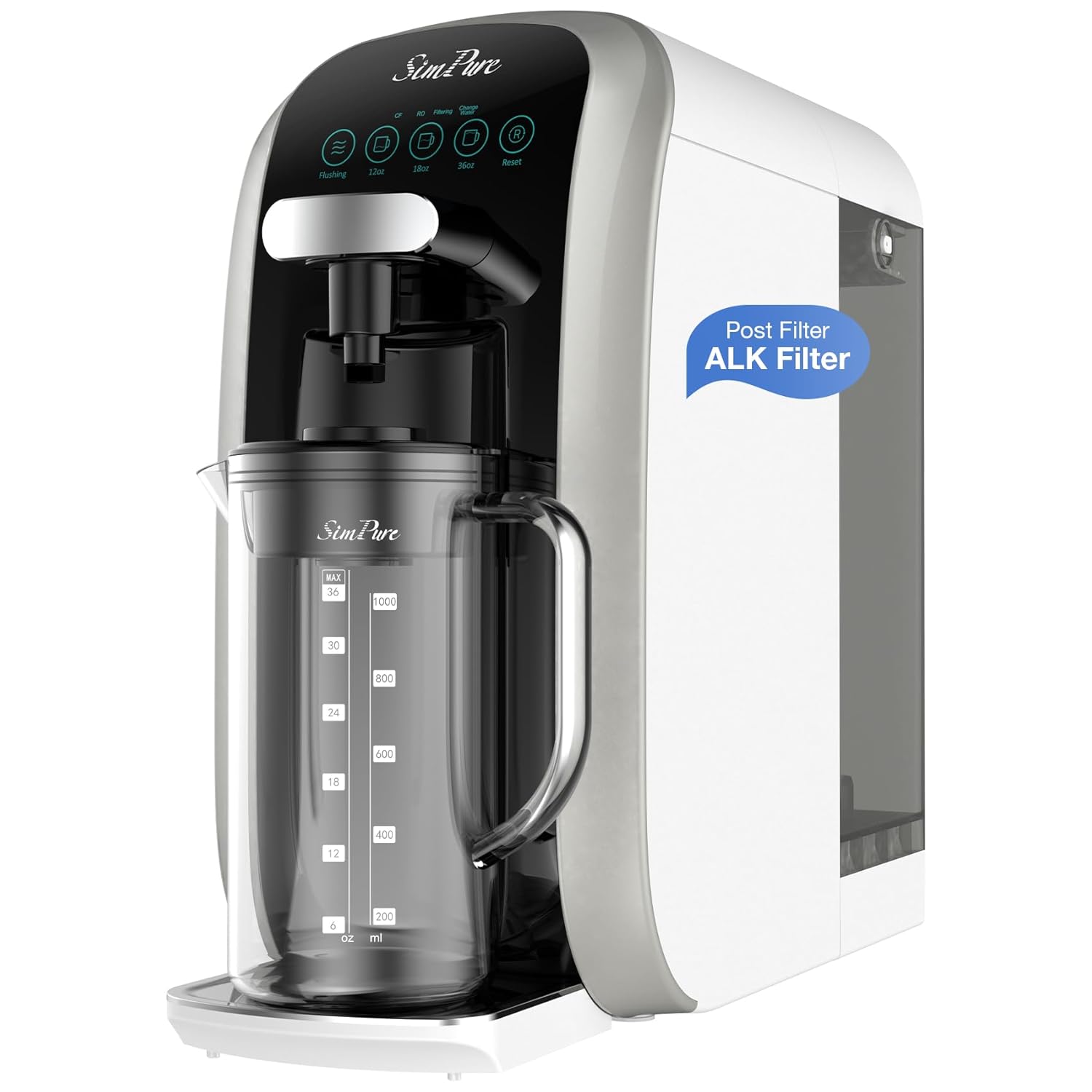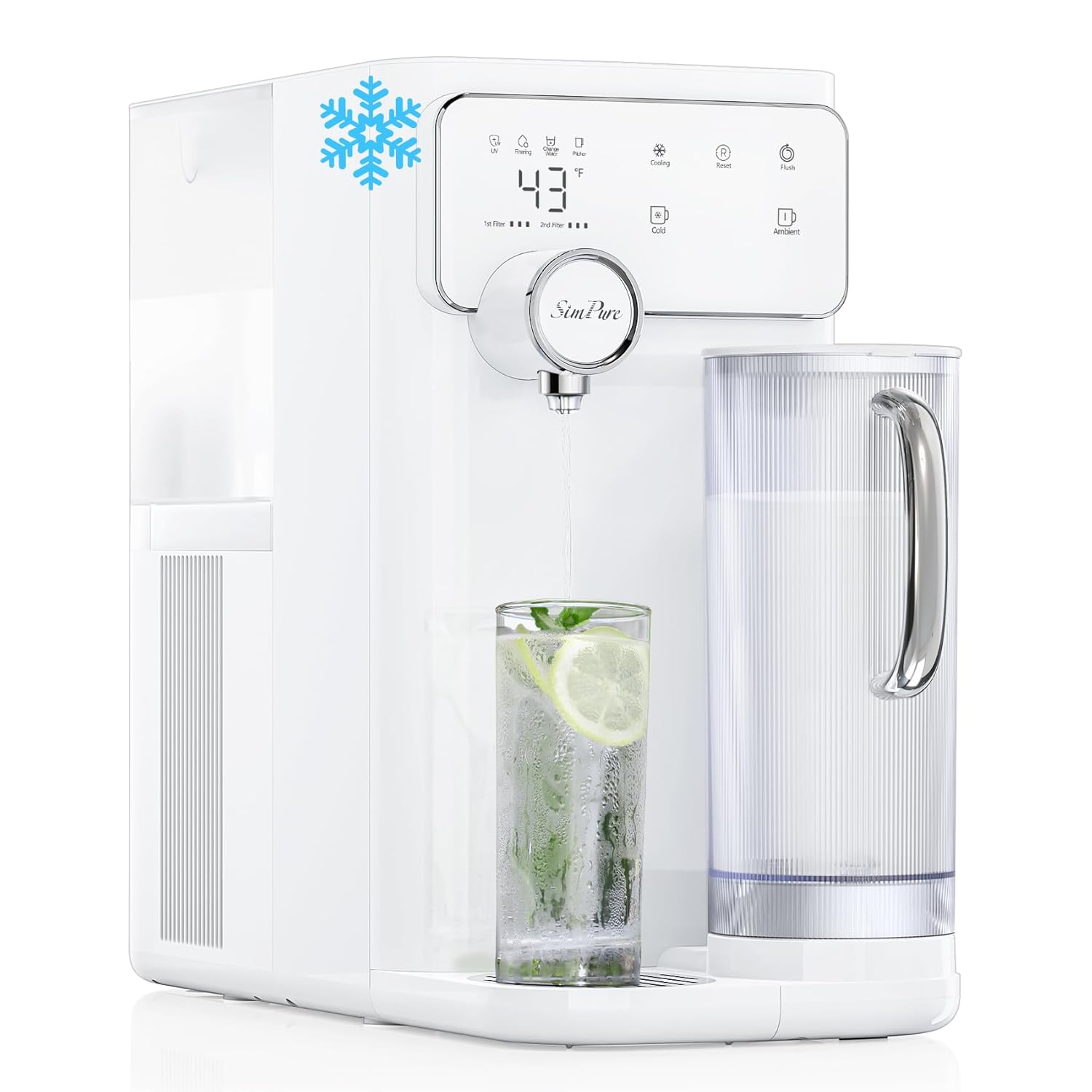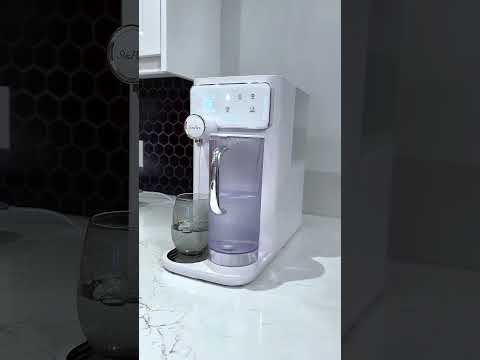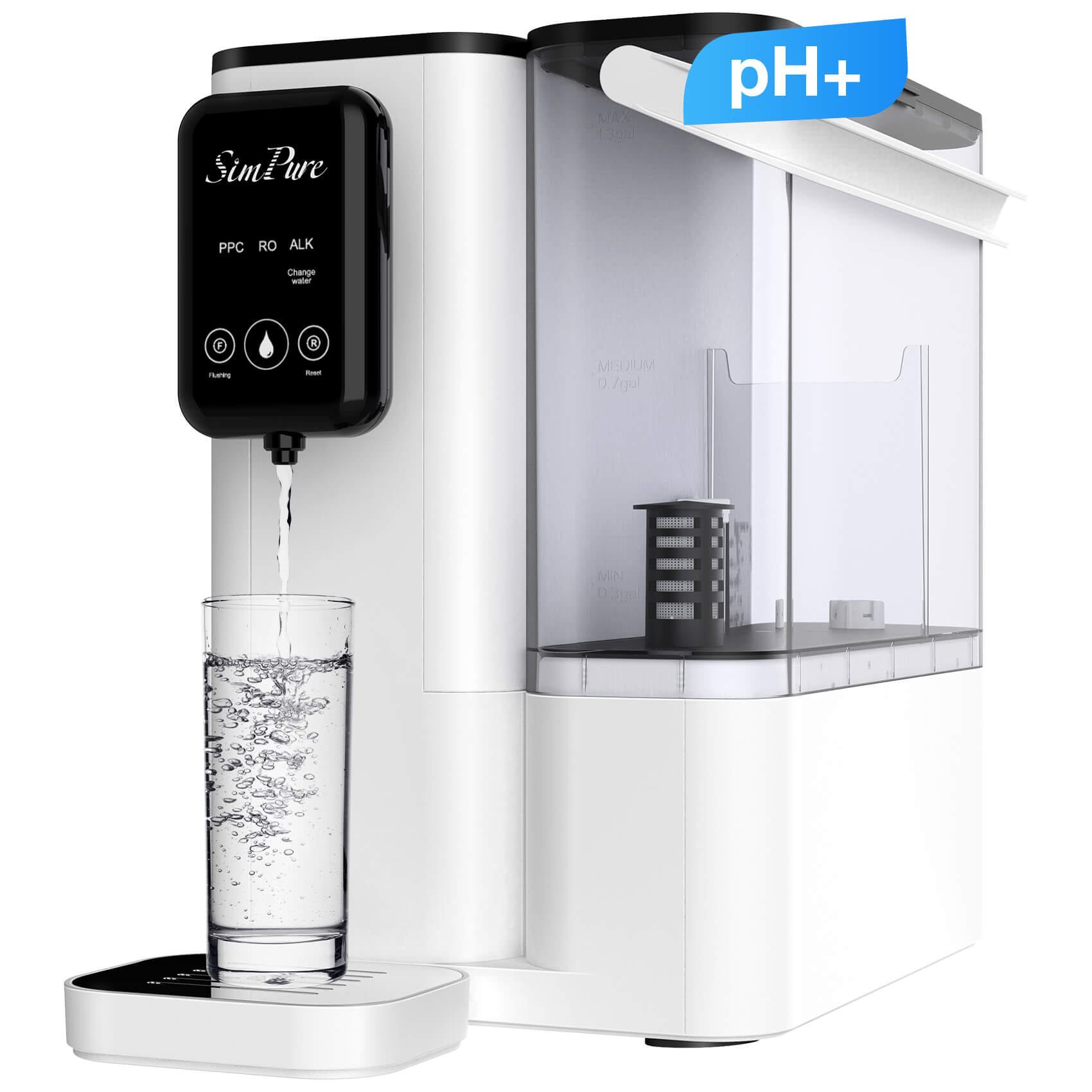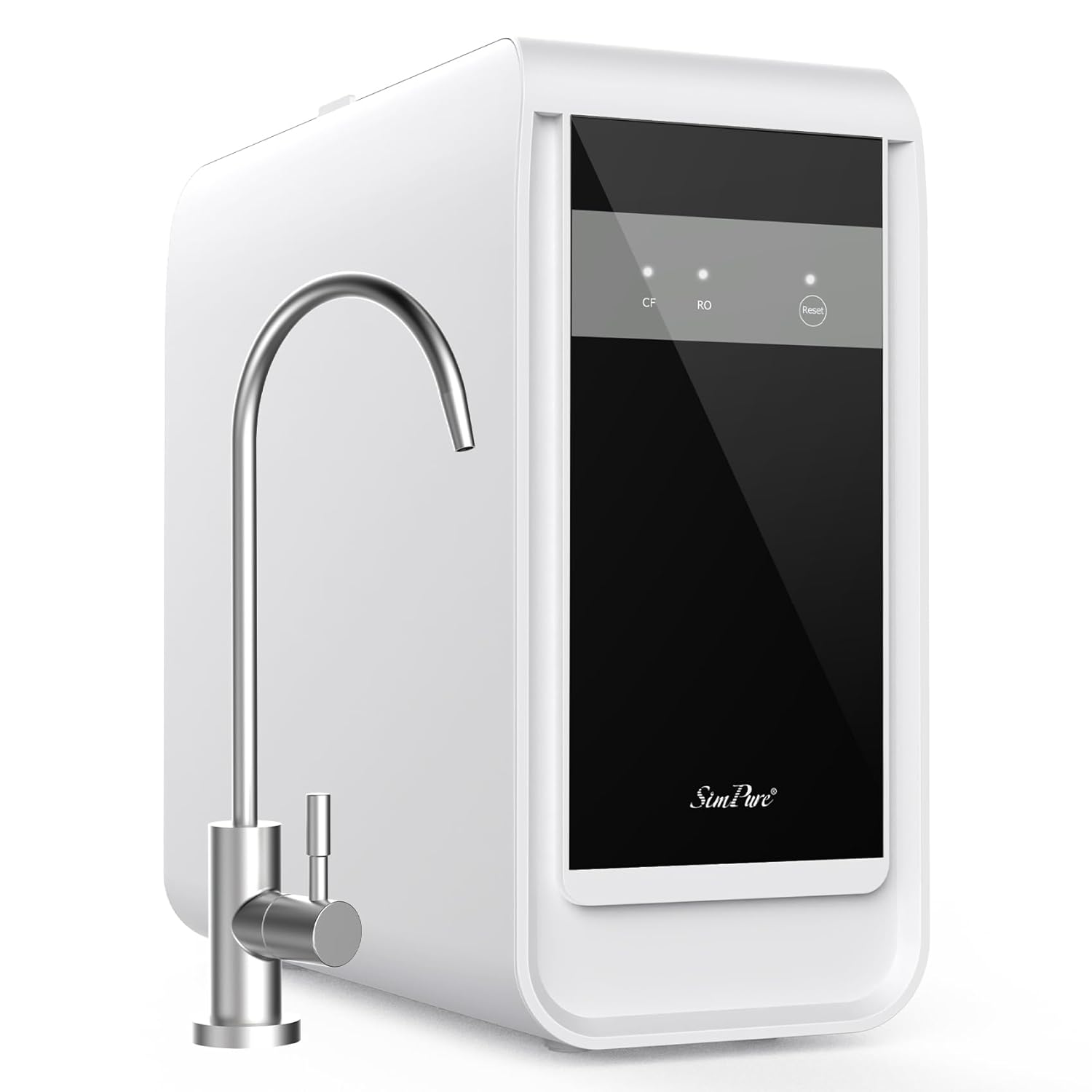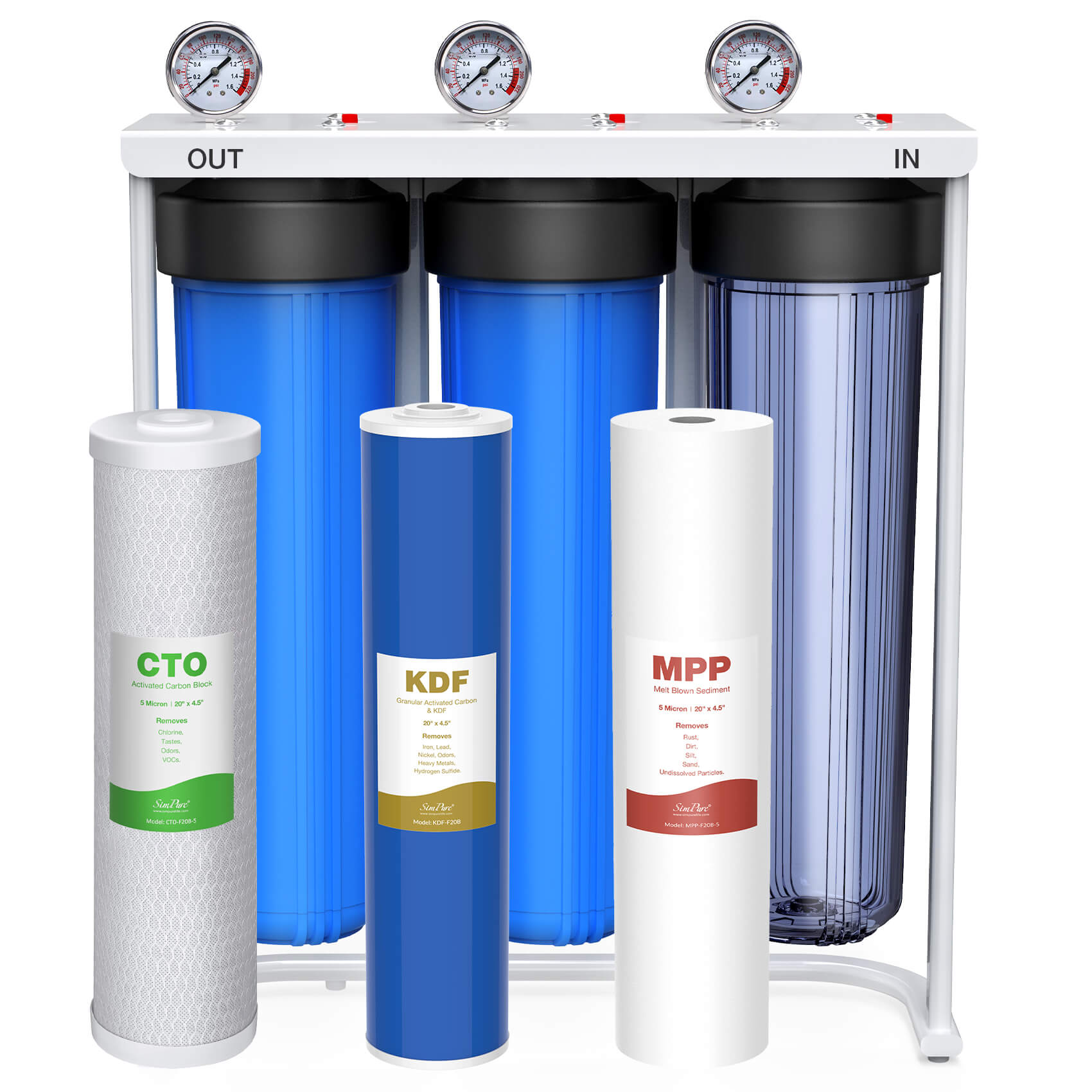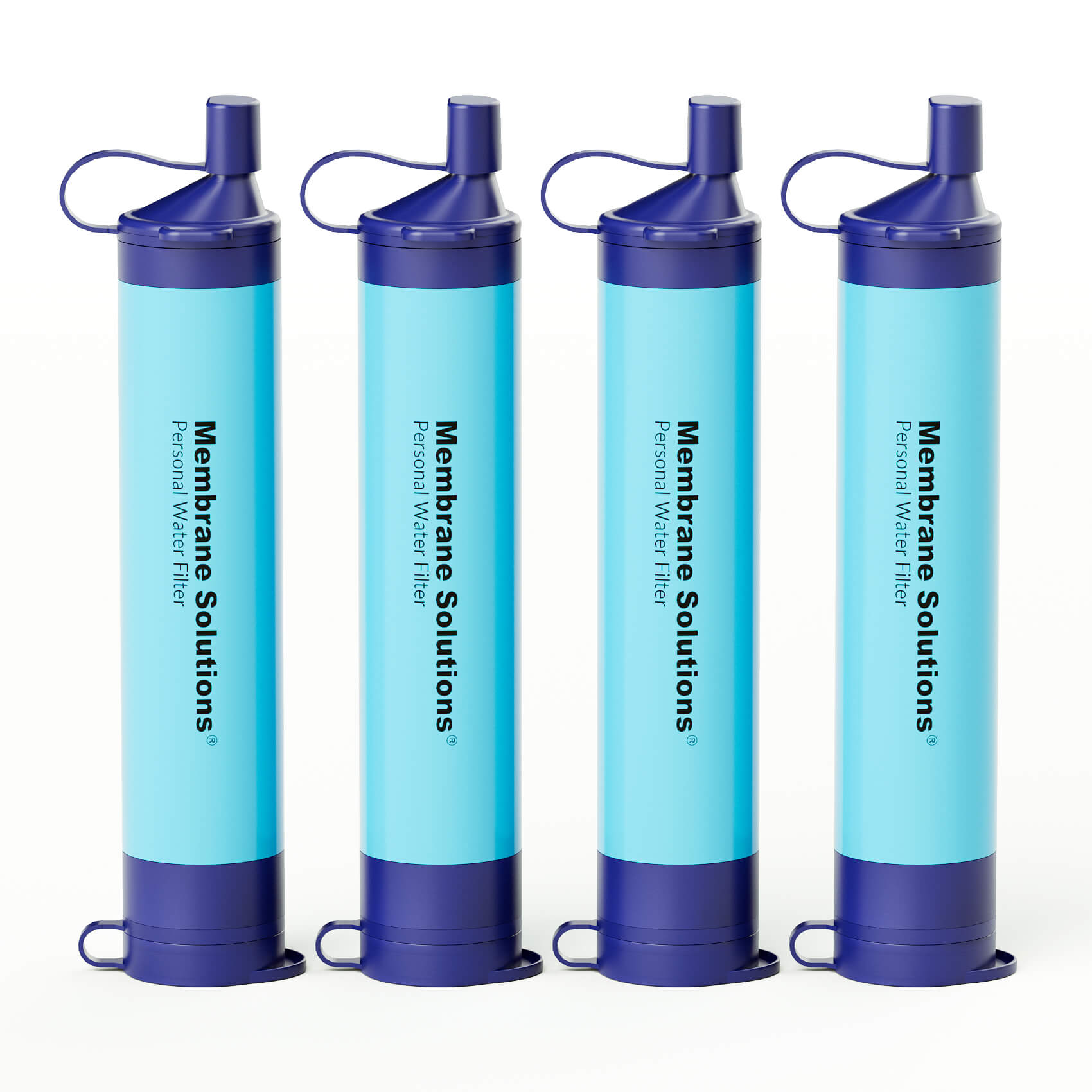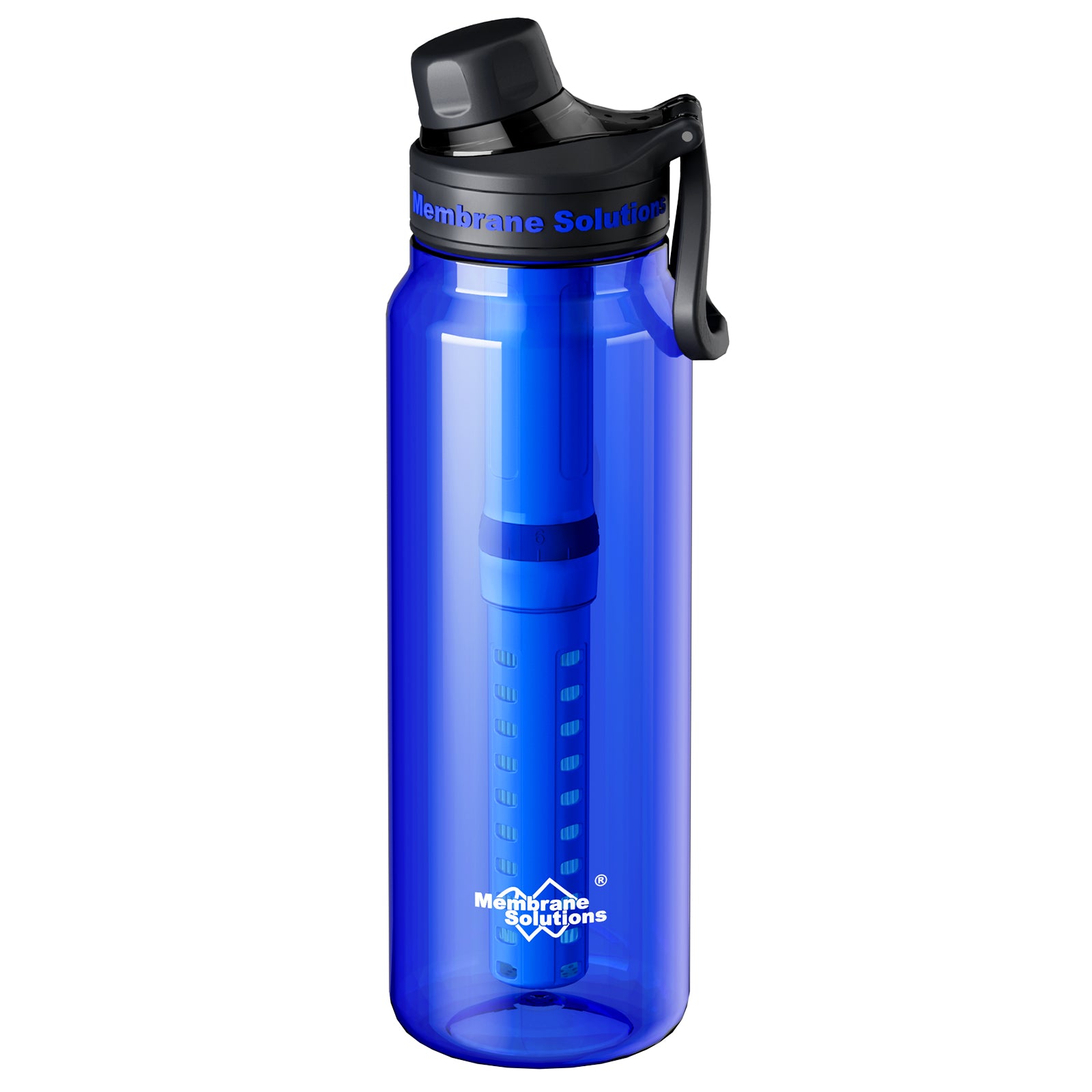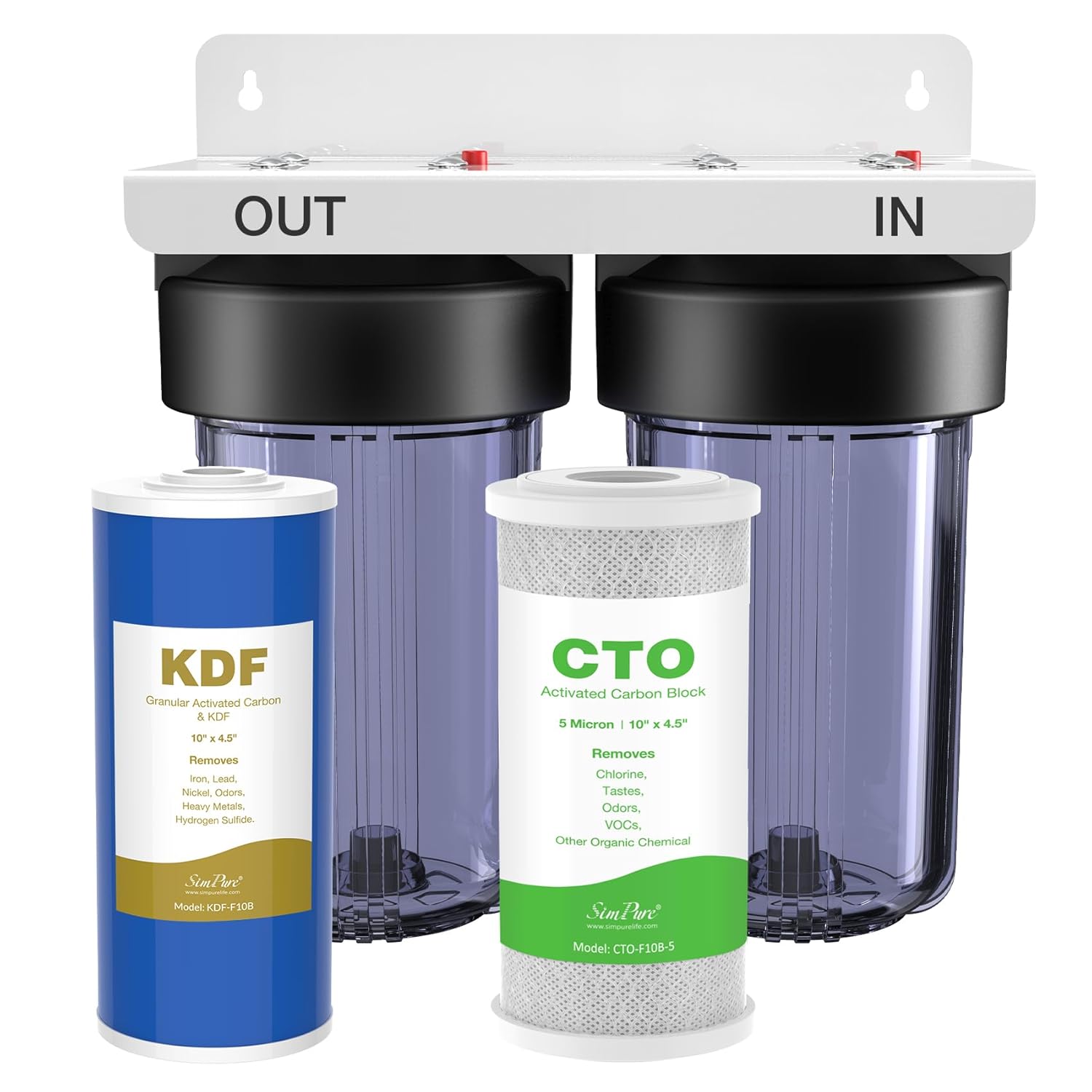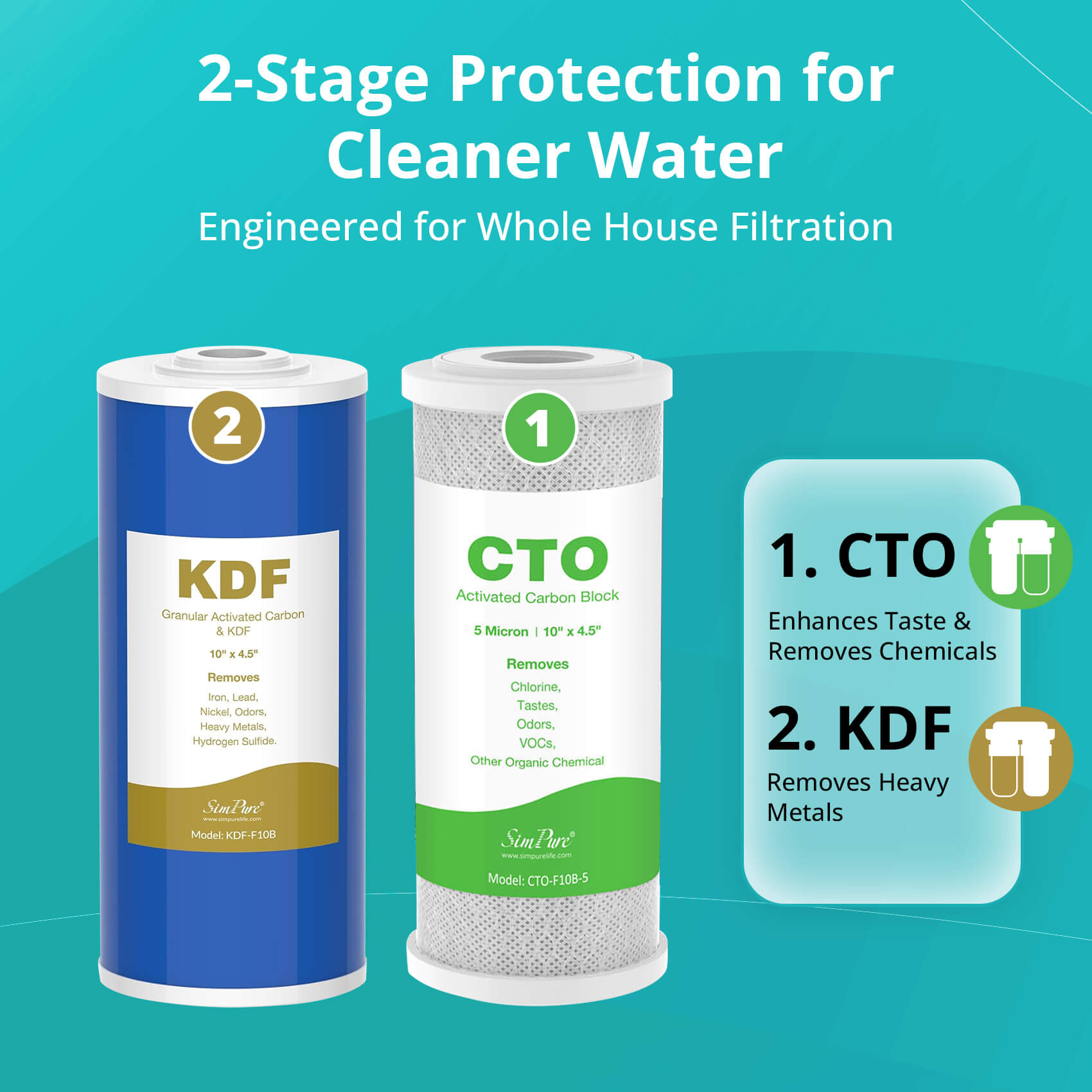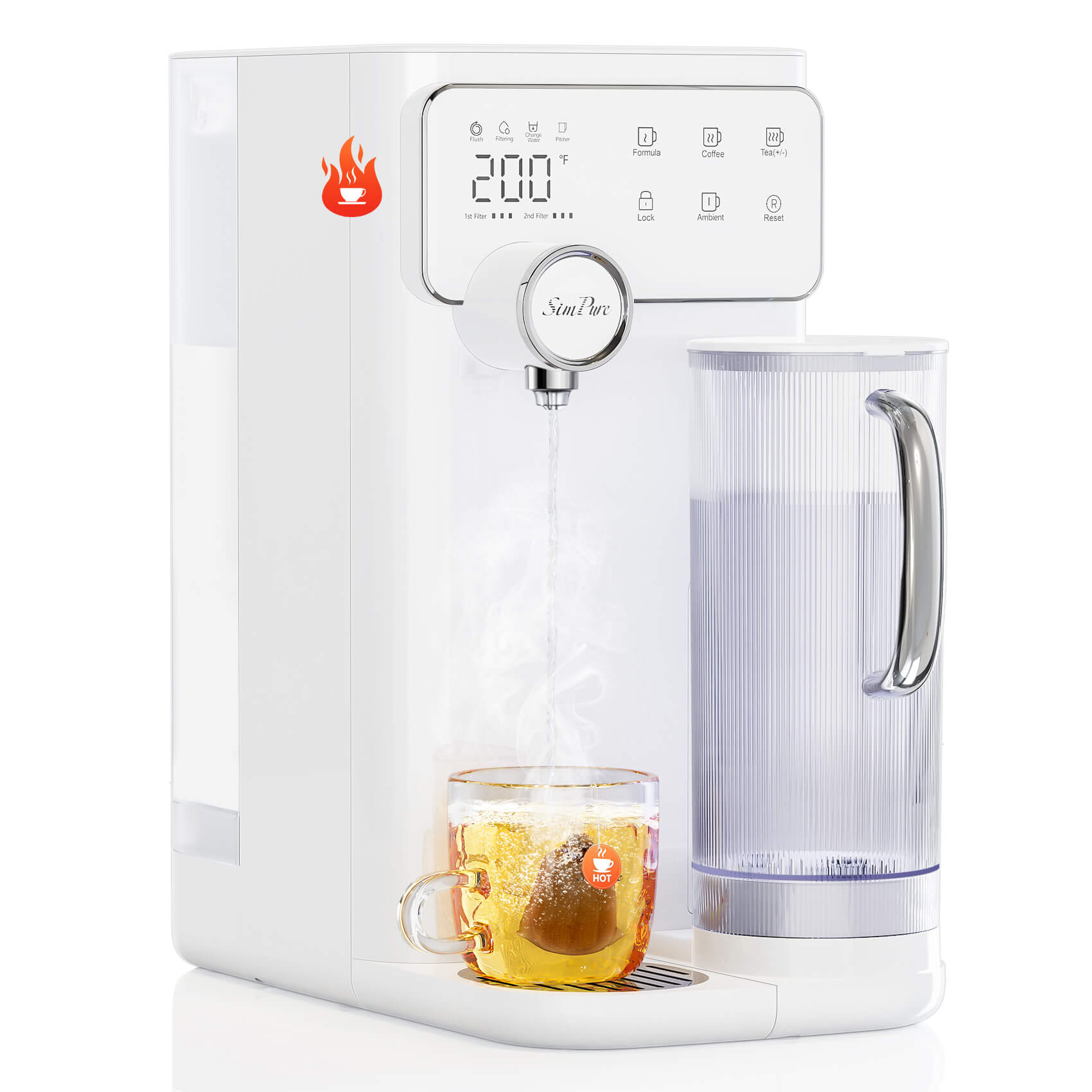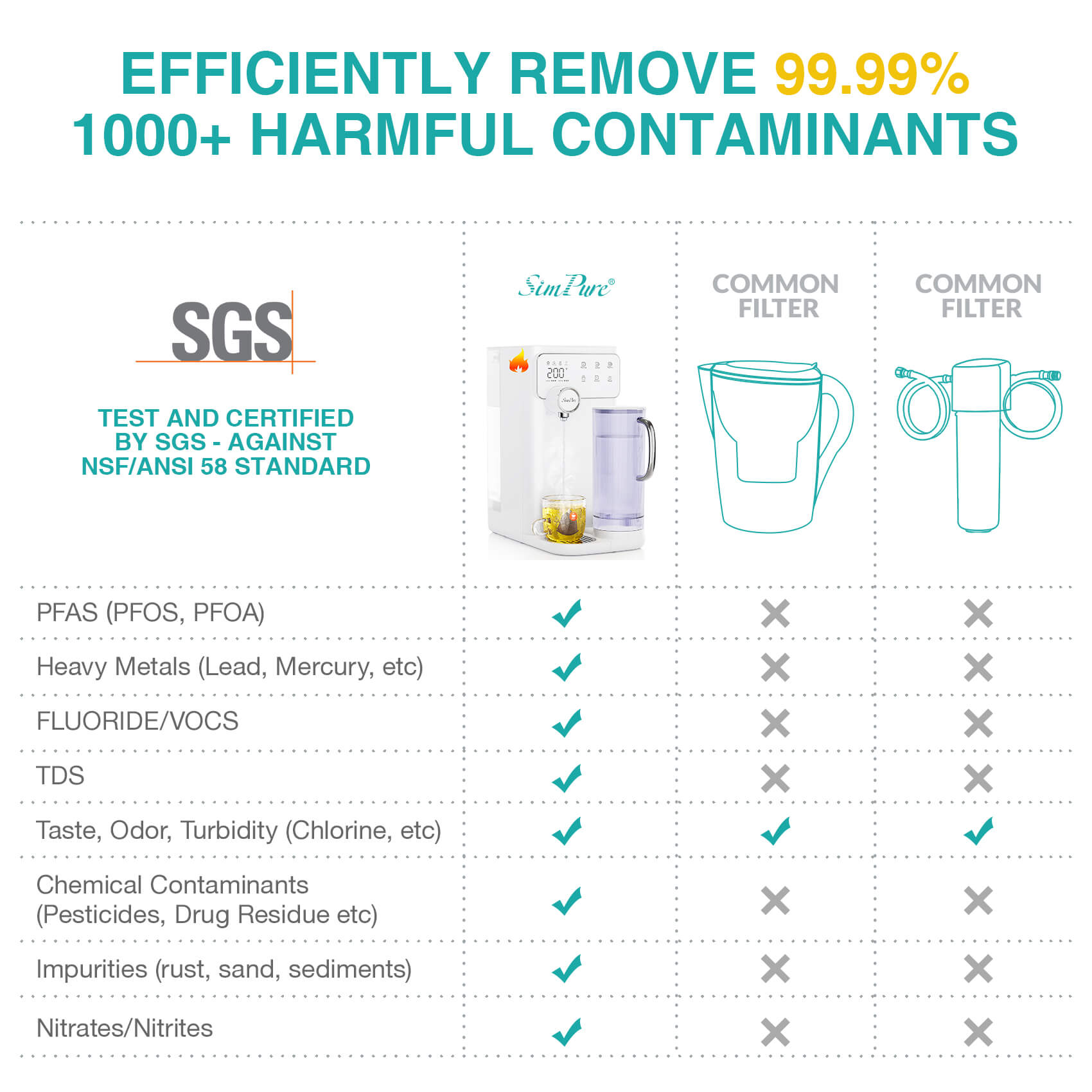Ensuring our access to healthier and safer water is a shared desire for everyone. Consequently, the safety of our water supply has remained an ongoing concern. When it comes to drinking water, both bottled water and tap water have long been prevalent choices. Many people think bottled water is safer than tap water, but is it true? This article aims to thoroughly examine the question of is bottled water safer than tap water, considering multiple factors. By the end of this article, you will gain comprehensive insights to make well-informed decisions about the water you drink.
Table of Contents
Factors Impacting Bottled Water & Tap Water Safety Comparison
Factors Impacting Bottled Water & Tap Water Safety Comparison
1. Safe Regulations
When comparing the safety of bottled water and tap water, one crucial factor to consider is the regulations in place. Bottled water is regulated by the Food and Drug Administration (FDA) in the United States, ensuring that it meets certain quality standards. On the other hand, tap water is regulated by the Environmental Protection Agency (EPA) and must adhere to the guidelines set forth by the Safe Drinking Water Act. These regulations help establish the necessary protocols and requirements to maintain water safety.
Explore Here: FDA's Requirements for Bottled Water Unveiled
Explore Here: EPA's Requirements for Drinking Water Unveiled
2. Sources and Contaminants
Bottled Water:

Bottled water can originate from various sources, depending on the brand and type. Common sources include artesian well water, mineral water, spring water, and well water. Some brands also use treated municipal water through processes like distillation or reverse osmosis. Contaminants in bottled water can stem from the water source or seep from packaging materials. Typical contaminants include microorganisms (bacteria, viruses, etc.), chemicals (disinfection by-products, drug residues, and industrial pollutants, etc.), traces of heavy metals (like lead, arsenic, cadmium, and mercury), and plastic pollutants (microplastics released by plastic bottles, especially when exposed to heat or sunlight).
Tap Water:

Tap water's source can vary based on location and the specific water supply system. Common sources include surface water (rivers, lakes, or reservoirs), groundwater, and, in some cases, recycled water (treated wastewater used for non-potable purposes). Common pollutants in tap water include microorganisms (bacteria, viruses, parasites, etc.), chemicals (chlorine, disinfection by-products, pesticides, herbicides, industrial pollutants), trace heavy metals (such as lead, copper, arsenic, and mercury), nitrates, and nitrites.
3. Monitoring and Testing
Both bottled and tap water undergo rigorous monitoring and testing processes to ensure safety. Bottled water manufacturers conduct regular quality inspections to maintain consistent quality and comply with regulatory standards. Similarly, tap water is subject to extensive monitoring and testing by water utilities, as mandated by regulators. These tests thoroughly assess the chemical composition, microbial content, and overall quality of the water. The frequency and comprehensiveness of these monitoring and testing programs are vital in safeguarding water safety.
4. Storage and Handling
Proper storage and handling are crucial in ensuring the safety of both bottled and tap water. Bottled water should be stored in a clean and cool environment, away from direct sunlight and potential chemical contaminants. Similarly, for tap water, it is essential to maintain pipework, storage tanks, and distribution networks properly. Aging or rusty pipes and storage tanks can contribute to water quality issues and the potential infiltration of pollutants.
Bottled Water & Tap Water Safety May Vary in Your Location
Indeed, the safety of bottled and tap water can vary based on your location. This variation arises due to differences in water safety regulations and standards across regions and countries. While national guidelines exist, local authorities may have additional requirements or variations in enforcement. Moreover, diverse water sources in different regions can introduce varying pollutants, and the water treatment processes can also be influenced by the available infrastructure, resources, and expertise in each area. Furthermore, the condition of water distribution systems varies from region to region, with some areas experiencing issues like corrosion, leaks, or potential contamination in aging pipes and storage tanks.
However, Tap Water Is the Recommended Choice for Drinking
Tap water is a better choice for drinking due to several reasons. Firstly, the cost of purchasing bottled water is significantly higher compared to tap water. Additionally, the use of plastic bottles contributes to environmental pollution, making tap water a more eco-friendly option. In terms of safety and health, both tap water and bottled water do not possess significant advantages. However, we can enhance the quality of tap water through home-based purification methods like using SimPure reverse osmosis system. These purifiers effectively filter various water pollutants, including inorganic salts (including heavy metals), organic matter, bacteria, and viruses dissolved in the water. This ensures a healthier and safer drinking water source.
In essence, this article addresses common concerns surrounding the safety of bottled water compared to tap water. The safety of both options can vary depending on factors like regulations, water sources, contaminants, monitoring and testing, as well as storage and handling. So, considering these factors in the context of your location is crucial. Based on the findings, SimPure recommends drinking purified tap water, it is not only a safe choice, but it is also more cost-effective and environmentally friendly compared to bottled water.



